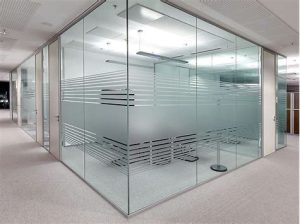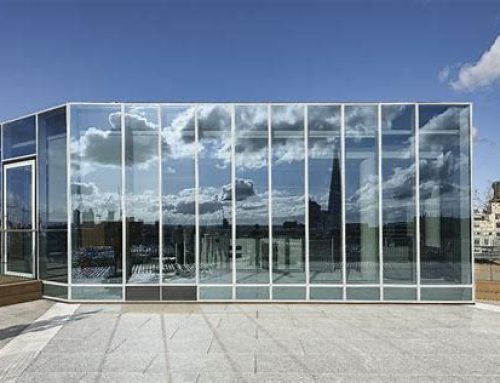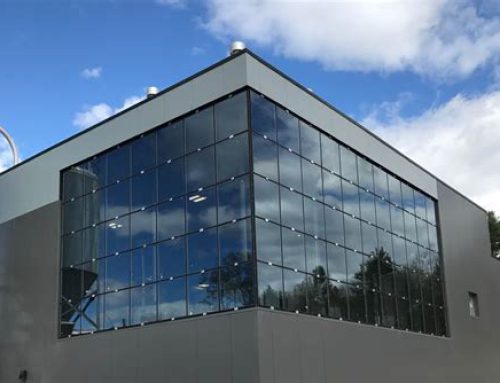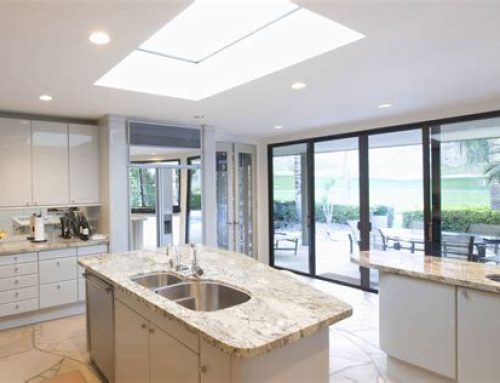Frameless glass wall cost

Introduction:
Frameless glass wall cost ,Frameless glass walls have become increasingly popular in modern architecture, offering sleek aesthetics and a sense of spaciousness to both residential and commercial spaces. However, one of the primary considerations for anyone considering installing frameless glass walls is the cost. In this article, we delve into the various factors that influence the cost of frameless glass walls and provide insights to help you make informed decisions.
Material Costs:
The primary cost of frameless glass walls lies in the materials themselves. Frameless glass panels are typically made from tempered or laminated glass, which is more expensive than traditional glass due to its strength and safety features. The thickness and quality of the glass will also affect the cost, with thicker, higher-quality glass being pricier. Additionally, if you opt for special features such as tinted or frosted glass, expect to pay a premium.
Installation Costs:
Installation costs for frameless glass walls can vary depending on several factors, including the complexity of the design, the size of the space, and the accessibility of the installation site. Installing frameless glass walls often requires specialized skills and equipment, which can contribute to higher labor costs. Additionally, if any structural modifications are needed to accommodate the glass walls, such as reinforcing walls or floors, this can add to the overall installation expenses.
Hardware and Accessories:
Frameless glass walls require hardware and accessories to ensure proper functionality and aesthetics. This includes hinges, handles, tracks, and seals. The quality and style of these components can vary significantly, impacting both the cost and the overall look of the glass walls. Higher-end hardware options, such as stainless steel or brushed nickel finishes, will generally incur higher costs but can enhance the visual appeal and longevity of the installation.
Design and Customization:
The design and customization of frameless glass walls also play a significant role in determining the cost. Custom-designed glass walls, tailored to fit unique architectural requirements or aesthetic preferences, will naturally be more expensive than standard off-the-shelf options. Factors such as curved or angled glass panels, intricate patterns, or integrated lighting can all contribute to higher costs but can also result in a truly bespoke and visually stunning final product.
Additional Considerations:
In addition to the direct costs of materials, installation, hardware, and customization, there are other factors to consider when budgeting for frameless glass walls. These may include permits and approvals, particularly for commercial installations or projects in historic buildings. Maintenance costs should also be factored in, as frameless glass walls require regular cleaning and upkeep to maintain their appearance and functionality over time.
Cost Estimates:
While it’s difficult to provide precise cost estimates without specific project details, as a rough guide, the cost of frameless glass walls can range from $200 to $600 per square foot installed. This wide range reflects the variability in material quality, design complexity, and installation requirements. It’s advisable to obtain multiple quotes from reputable contractors and suppliers to ensure you’re getting a fair price for your project.
Tips for Cost-Effective Solutions:
While frameless glass walls offer numerous benefits, there are ways to manage costs without sacrificing quality or aesthetics:
- Opt for Standard Sizes: Standard-sized glass panels are often more cost-effective than custom sizes, as they require less customization and can be mass-produced, reducing material and labor costs.
- Minimize Special Features: While features like tinted or frosted glass, as well as intricate patterns, can enhance the visual appeal of frameless glass walls, they also come with a higher price tag. Consider whether these features are essential or if you can achieve your desired aesthetic with simpler, more cost-effective options.
- Compare Quotes: Don’t settle for the first quote you receive. Shop around and compare quotes from multiple contractors and suppliers to ensure you’re getting a competitive price for your project. Be sure to consider not only the total cost but also the quality of materials, workmanship, and customer service.
- Consider Long-Term Savings: While frameless glass walls may have a higher upfront cost compared to traditional walls, they can offer long-term savings in terms of energy efficiency and maintenance. The natural light they allow into a space can reduce the need for artificial lighting, while their durability and easy-to-clean surfaces can minimize maintenance expenses over time.
- Plan Ahead: Proper planning and coordination can help streamline the installation process and prevent costly delays or errors. Work closely with your contractor to develop a detailed project plan, including timelines, milestones, and budget allocations, to ensure everything proceeds smoothly from start to finish.
- Maintenance and Upkeep: Factor in the long-term maintenance costs associated with frameless glass walls. While they may require less maintenance compared to other materials like drywall or wood, regular cleaning and occasional repairs may be necessary to keep them looking their best. Consider investing in high-quality cleaning tools and products to prolong the lifespan of your glass walls and minimize the need for costly repairs.
- Warranty and Insurance: Before proceeding with the installation of frameless glass walls, inquire about warranty coverage and insurance options. A reputable contractor should offer warranties on both materials and workmanship, providing you with peace of mind in case of any defects or issues after installation. Additionally, consider adding glass breakage insurance to your policy to protect your investment against accidental damage or breakage.
- Energy Efficiency: While frameless glass walls can offer abundant natural light and panoramic views, they can also pose challenges in terms of energy efficiency, particularly in extreme climates. To mitigate heat loss or gain, consider options such as low-emissivity (low-e) coatings or insulated glass units, which can help improve the thermal performance of your glass walls and reduce energy consumption. While these features may add to the upfront cost, they can result in significant long-term savings on energy bills.
- Life Cycle Cost Analysis: When evaluating the cost of frameless glass walls, take a holistic approach by conducting a life cycle cost analysis. Consider not only the initial investment but also the projected costs over the lifespan of the installation, including maintenance, repairs, energy consumption, and eventual replacement. By accounting for these factors upfront, you can make more informed decisions and optimize the long-term value of your investment.
- Consult with Professionals: Finally, consult with experienced architects, designers, and contractors who specialize in frameless glass wall installations. They can provide valuable insights, recommendations, and cost-saving strategies based on their expertise and industry knowledge. By leveraging their expertise and collaborating closely throughout the planning and implementation stages, you can ensure a successful outcome that meets your aesthetic, functional, and budgetary requirements.
In summary, while the cost of frameless glass walls can vary depending on numerous factors, careful planning, budgeting, and decision-making can help you achieve the desired result within your budget constraints. By considering all aspects of the project, from materials and installation to maintenance and energy efficiency, you can maximize the value of your investment and enjoy the beauty and functionality of frameless glass walls for years to come, Frameless glass wall cost.





Leave A Comment